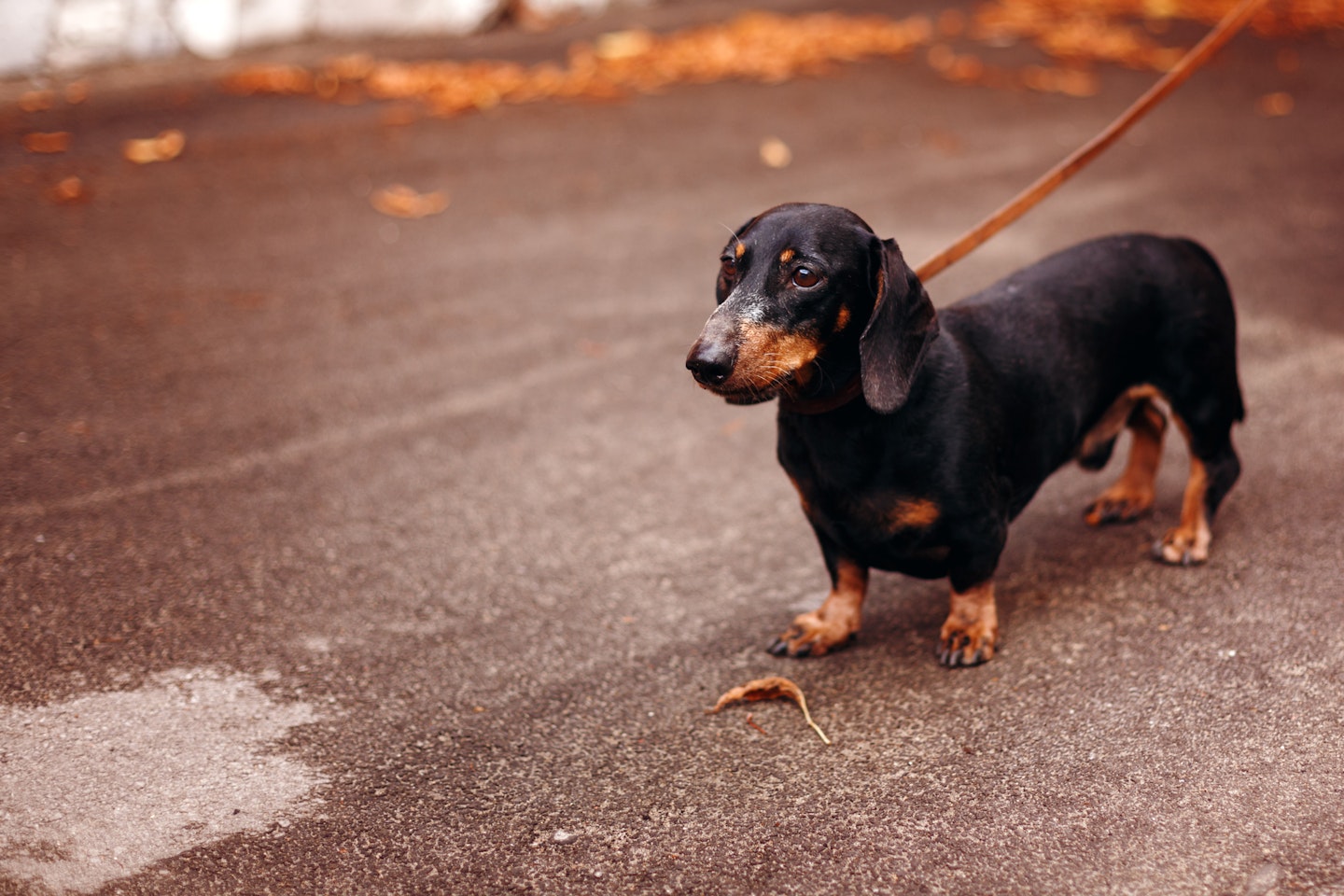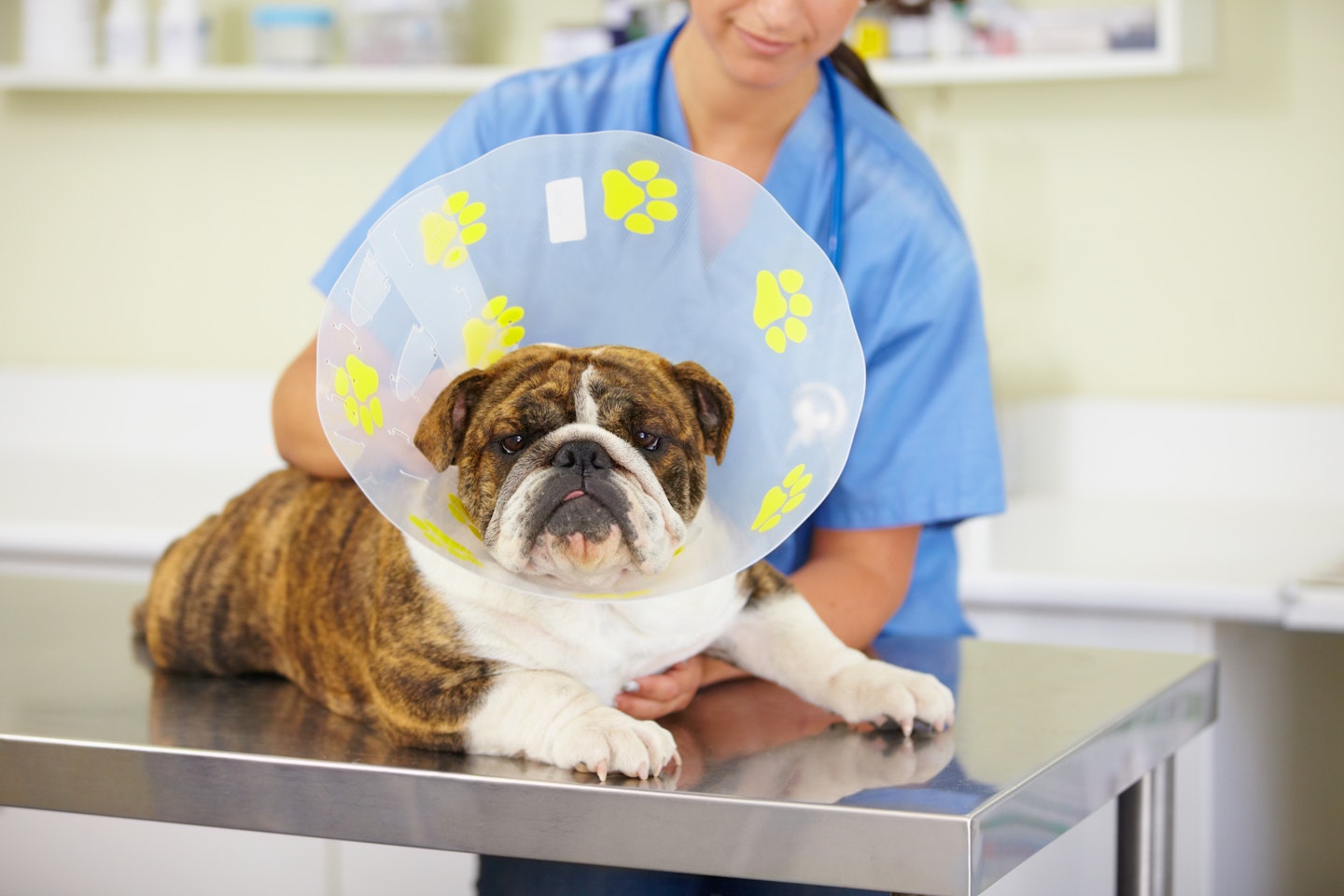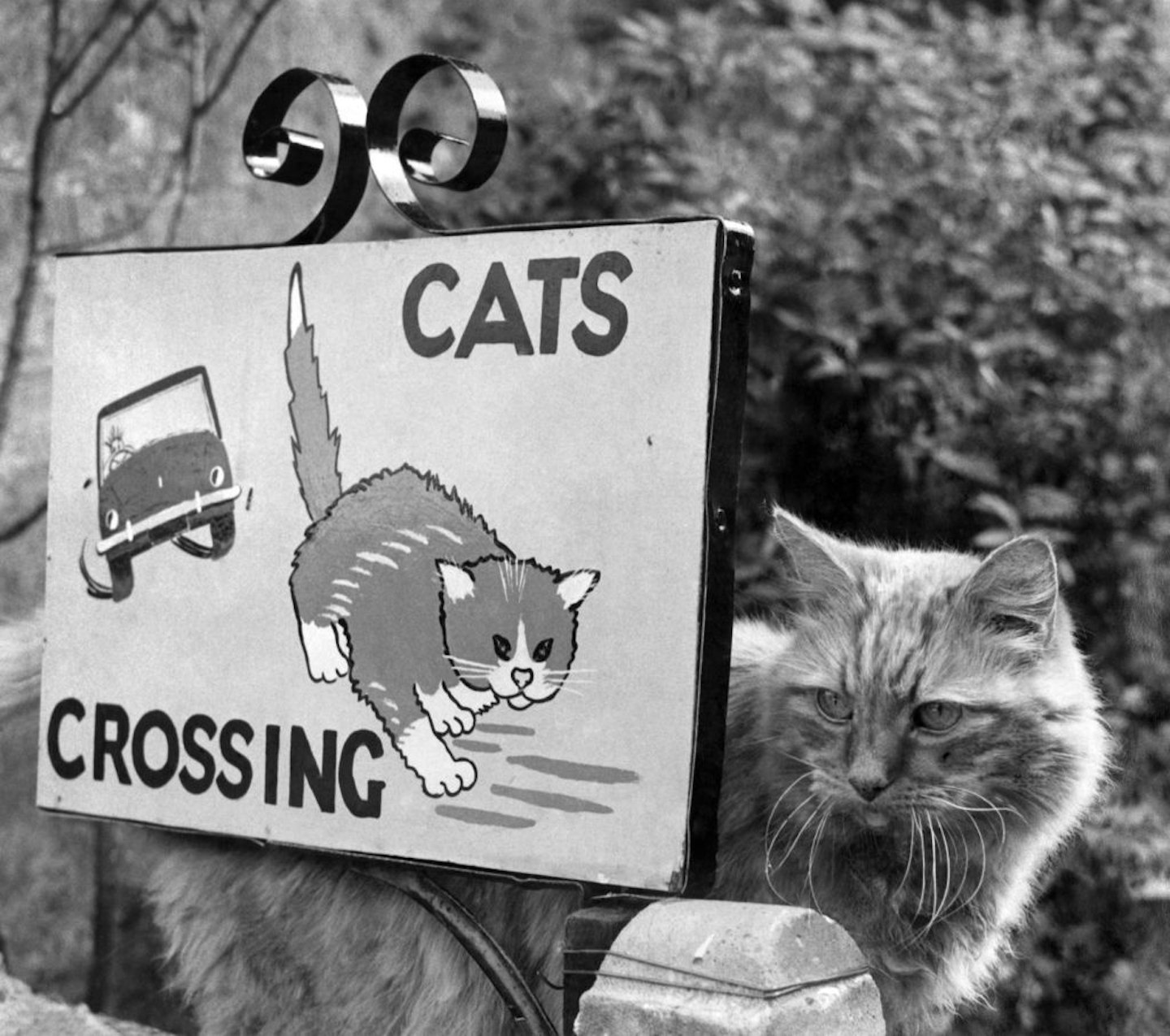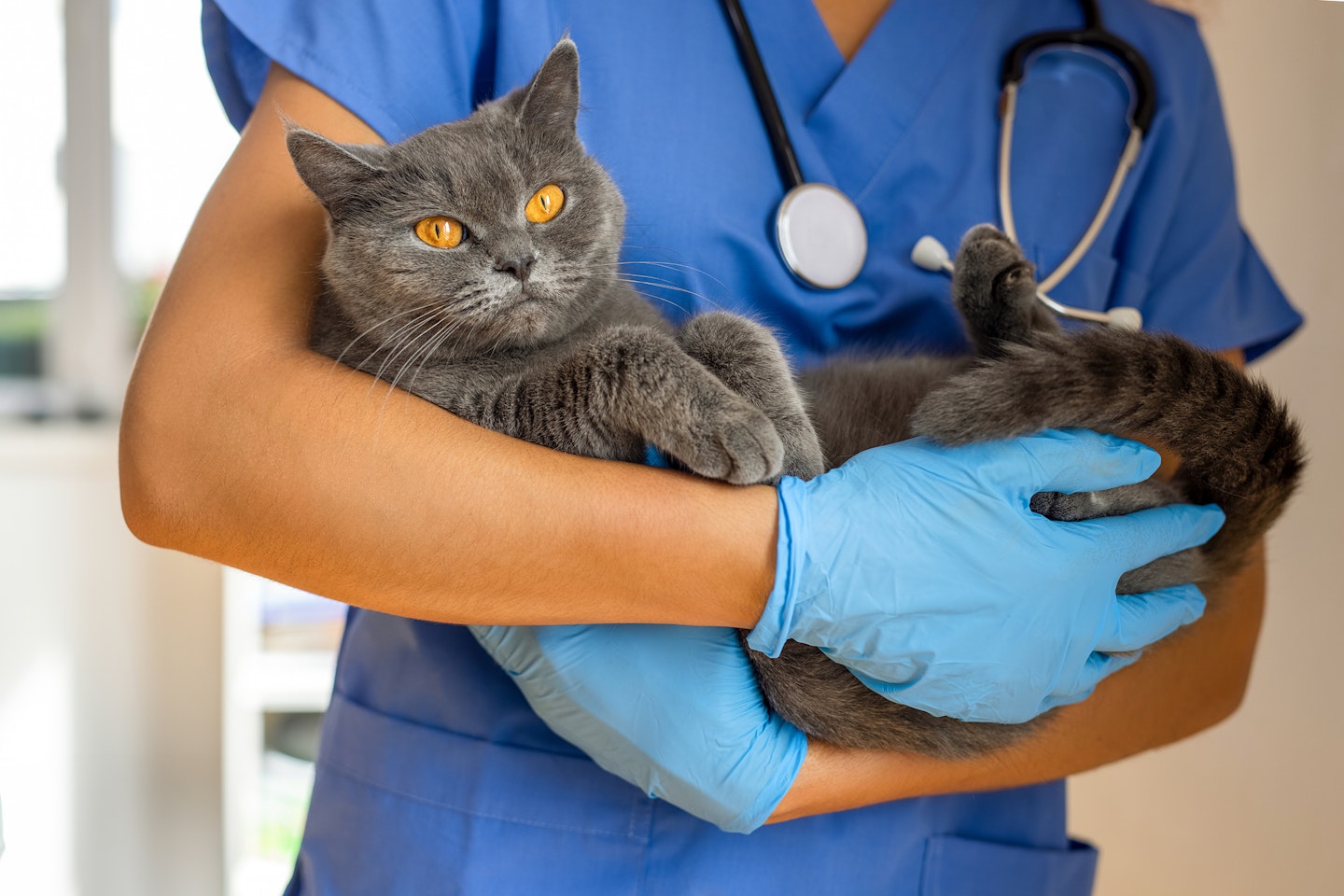It can be devastating to realise you hit an animal with your car by accident and it can feel even more terrible if it happens to be a pet. New research conducted by animal welfare charity Blue Cross revealed that the majority of UK drivers would actually be breaking the law if they hit a dog with their vehicle and did not report it to the police.
It is estimated that 80,000 dogs and 230,000 cats are hit by cars on UK roads every year. The study revealed that a staggering 86% of motorists would not call the police if they injured a dog and no owner was in sight – with that number rising to 91% among young drivers aged 18 to 24.
Under UK Law, a driver who hits a dog is required to stop and report the accident to the police. However, unfortunately for cat owners, the same legal requirement does not apply if a cat is involved.
These findings and gaps in legal framework led to Blue Cross charity launching the Blue Cross Code – a new safety initiative encouraging drivers and pet owners to be more alert to risks on the road, especially as the clocks go back and early nights draw in.

What the study revealed about road safety for pets
As part of the study, drivers were asked how they would react in a series of scenarios, including what they would do if they hit a dog or a cat with their vehicle.
More than half (54%) of drivers said they would stop their vehicle and take the wounded dog to a vet while 16% said they would knock on nearby homes to find the dog’s owner.
Despite acting in good faith, most drivers would be breaking the law by not calling the police at the roadside, which is what just 14% of motorists said they would do.
Around 16% of drivers admitted they would prioritise their journey over the wellbeing of the stricken animal. Alarmingly, this rises to more than a third (35%) of young drivers.
Six per cent of young motorists admitted they’d simply continue with their journey despite hitting a dog while 20% said they would drive on ‘if the dog seemed okay’.
One in 10 young drivers admitted they would ‘move the stricken animal to the side of the road’ before continuing their journey.

When asked about hitting a cat with their car, a quarter of drivers (27%) said they would prioritise their journey if they were convinced the animal was dead.
If the accident was at night, most drivers (30%) would knock at local houses to find the dead cat’s owner while a quarter (25%) said they would take it home and then to a vet the next day.
A third (35%) of motorists do not routinely check under their car for cats before driving at night. The worst offenders are 55-64-year-olds, of whom only half (51%) check before travelling.
It was also found that despite more than half (58%) of cat owners worrying more about their pet when it is dark, two-fifths (39%) make no changes to their pet’s routine after the clocks go back.
Of the 2,000 UK animal-lovers polled, a quarter of cat owners said they have had a pet that has been killed or injured by a car, with 13% saying there has been at least one ‘close shave’.

The Blue Cross Code campaign for pet safety
Blue Cross launched the new initiative - Blue Cross Code in a bid to encourage drivers and pet owners to be more aware of the dangers on the road and to increase awareness about what to do if the worst happens.
As a nod to the famous Green Cross Code of the 1970s, the Blue Cross Code is designed to make everyone more aware and cautious about the safety of pets on roads as the nights get longer this winter.
The Chief Vet at Blue Cross, Dr Paul Manktelowsaid: “There are few things more upsetting for a vet than those awful occasions when someone brings in an animal that has been hit by a car.”
“Vets see up close the anguish and upset caused by road accidents, so anything we can do to prevent more misery must be a priority.”
“The Blue Cross Code is about making owners and drivers think more about their actions and the preventative measures they can take to help keep our dogs and cats safe.”
“As the clocks go back and those longer, darker winter nights draw in, the safety of all road users is something everyone should consider before they or their four-legged friend leaves the house," he adds.

What to do to improve pet safety on roads
The Code has laid out three simple rules - Paws, Prevent and Protect – to be followed by pet-owners and motorists to reduce
Paws – It is important to be considerate and observant of everybody sharing the road with you. Dog owners need to make sure their dogs are on a lead if you are walking by roads and only use extendable leads in a closed or safe area. Motorists need to drive slowly and watch out for pets crossing the road.
Prevent – This step is all about reducing the risk of accidents before you step outside. It is advised that all cats and dogs must be microchipped. You can also consider neutering your cats and dogs to prevent them from roaming around looking to mate. Also make sure that you dogs stay on the pavement while walking them.
Protect – This bit lays down advice for motorists in the event of an accident. It is important to stay calm and stop your vehicle in a safe place. If you have hit a dog, call the police – it is the law. You can also check the dog tag for details to contact the owner. If you have hit a cat, wrap them up in a blanket and take them to the nearest vet who can scan the cat for a microchip and contact the owner.
These are simple but important steps that can prevent accidents and help us be aware about what to do in case an accident does happen. By following these tips, hopefully we’ll have no heartbreaks this winter.
Akhila Thomas is a digital writer at Yours.co.uk and her areas of interest are beauty, fashion, food, wellness and lifestyle. She has previously written for magazines like Leftlion, Women’s Health and t’Art and worked extensively with art, culture, fashion and social media trends. She also likes to travel and explore new cultures and cuisines.
